Europe’s sleeper trains are back, with a modern design twist
Sleeper trains had all but disappeared in Europe. Now, some of their magic is being revived – with a modern twist.
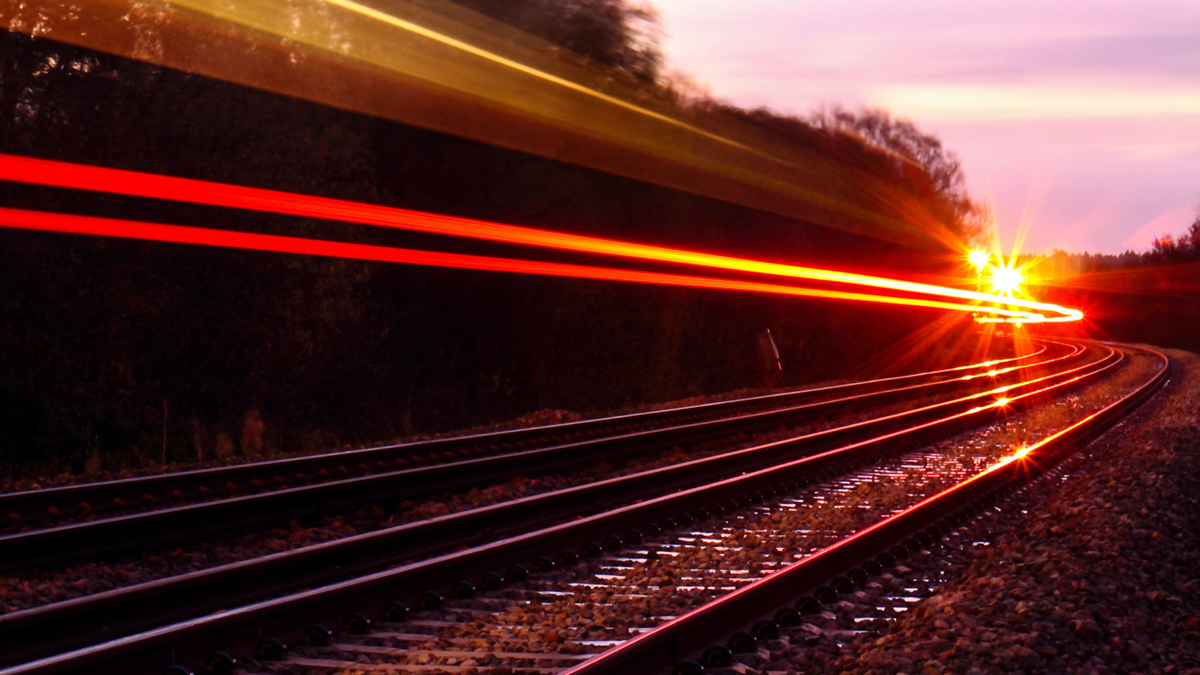
In the last century, nocturnal trains with their wood-paneled cabins and plush lounges were the stuff of adventure: romanticized by movies like Murder on the Orient Express and From Russia With Love, chugging along through the night from Paris to Istanbul or London to Venice.
But as high-speed rail connections shrank distances, low-budget airlines emerged and European Union regulations made night trains economically untenable, sleepers lost their allure. One by one, Europe’s great rail lines terminated or dramatically cut international night-train services.
Now, with environmental activist Greta Thunberg’s “flight shaming” making people more aware of their carbon footprint, the night-train industry is seeing a renaissance.
It’s luring a new class of traveler – not the small but wealthy group of people of leisure who traveled on opulent trains like the Orient Express, but ordinary business people and tourists with a climate conscience.
That’s heartening news for Siemens engineer Paul Winkler, who’s been building trains for 27 years and believed he’d never again make another sleeper train car for western Europe.
“We were at a point where I thought, it’s over,” he said. “People were switching to planes and high-speed day trains. Popular connections were shut down.”
The service between Zurich and Madrid ended in 2013. Connections between Germany and Amsterdam, Denmark and Paris were halted in 2014. Italy’s Trenitalia stopped its Rome-Paris service in 2015.
In 2016, Deutsche Bahn ended its sleeper service, while France’s SNCF terminated a dozen night trains. That’s left Europe with a rolling stock of sleeper carriages well over 30 years old, used mostly for domestic routes.
Now, breathing new life into the business for Siemens is a €200 million (US$221 million) order from Austria’s OeBB – western Europe’s only rail service to not just buck the trend but to take sleeper trains up a notch.
On December 16, Siemens will start making 13 new night trains for OeBB at its factory in Vienna's Simmering district, where trains have been made since the Habsburg Empire's 19th century railway boom.
Carriages that’ll give sleeper cars their first major design overhaul in six decades will be ready for testing by late next year. The Austrian state rail company’s order is Siemens’s first and only such contract from a western European rail company in the past 15 years.
The new cabins designed by London-based industrial studio PriestmanGoode are inspired not by the Orient Express but by the first-and-business class compartments of airlines and minimalist hotels.
“We’ve tried to bring a more domestic feeling to the experience thought about what environment people are experiencing at home, in hotels, bars, or restaurants,” said Kirsty Dias, a designer at the studio.
Austria, located at the continent’s center and cursed with second-tier airports, never gave up on night trains. OeBB bought coaches Deutsche Bahn was retiring and took over routes such as Hamburg-Zurich and Zurich-Berlin.
Its night-train passenger numbers are set for a 10% gain this year. Some links like Vienna-Zurich have grown more than 20%. The company has revived its Vienna-Venice link. In January, it’s starting a Vienna-Brussels connection for travelers to the EU’s de facto capital, a move Social Democrat lawmaker Andreas Schieder welcomed in a tweet.
Four German lawmakers are now clamoring for Berlin-Brussels link, which OeBB could serve in cooperation with Deutsche Bahn.
Thunberg’s home country of Sweden is preparing a public tender for new overnight services to other European countries, after passenger numbers on northbound night trains from Gothenburg and Stockholm to the Arctic rose 43% from their low point in 2014.
In November, Norway's Railway Directorate recommended boosting night-train capacity. The Swiss are considering reintroducing their wagon-lits ended in 2009. Trenitalia, which has kept domestic night trains, is spending 300 million euros on new locomotives and refurbishments. The Caledonian Sleeper connecting London and Scotland has been upgraded.
Levelling the playing field
EU rules meant to make train services better and cheaper are at least partly to blame for the past retreat of cross-border sleeper trains. Rail companies, which used to provide trains free cross-country track access, began charging for it after the EU pushed for greater competition.
The fee hit night trains hard because they travel longer distances and carry fewer passengers per car.
“A separate charge for night trains, which could be lower, could make quite a difference for cross-border trains,” said Dick Dunmore, an associate at Steer Group, a consultancy that wrote a 2017 study on sleepers for the European Parliament.
Europe’s hodgepodge of national rules, which a 2018 report put at 11,000, haven’t helped. The report noted, for example, that Austria and Italy require train drivers to speak the national language but differ on whether reflective boards or tail lights can be used on cargo trains.
For Siemens's new OeBB sleepers, national rules will mean a year of tests for regulatory permits from every country the trains will pass through.
Air traffic, in contrast, is harmonized. Also, aircraft fuel doesn’t get taxed, allowing airlines to cut prices. Train travel in Europe has become unreasonably expensive and is often inefficient, according to Julia Herr, an Austrian lawmaker who arrived a day late at the climate summit in Madrid this week because her night train from Vienna to Zurich was three hours late, leaving her with few options for connecting trains.
"Flying is very energy intensive, but the externalities generated by fuel consumption aren’t reflected in the cost of the flight," said Thomas Sauter-Servaes, a transportation expert at Switzerland’s ZHAW School of Engineering.
That includes the carbon footprint of airlines. A Paris-Venice flight generates about 105kg of CO2 per passenger compared with about 29.4kg by train.
In the face of such numbers, there are calls for EU regulators to return to the drawing board. Lower track access charges at night are at the top of the wish list, which also includes harmonized cross-border systems with integrated tickets and timetables.
“In Europe, there’s a future for two reasons: The first one is flight shaming, which makes people think twice before taking a flight; the other is that we’re slowly aiming for a single railway area in the EU,” said Francois Davenne, the director-general of the Union Internationale des Chemins de fer, the worldwide railway organization.
That makes OeBB’s efforts to upgrade its service seem prescient. Its new coaches, due to roll from 2022, will have more sleeper wagons, “pods” for more privacy for budget travelers, deluxe cabins with longer beds and wheelchair-accessible compartments.
Siemens’s Winkler, who recently took a night train from Vienna to Venice, says he’s made up his mind: “I’ll definitely not take the plane on that route again,” he said.
This article is published under license from Bloomberg Media: the original article can be viewed here
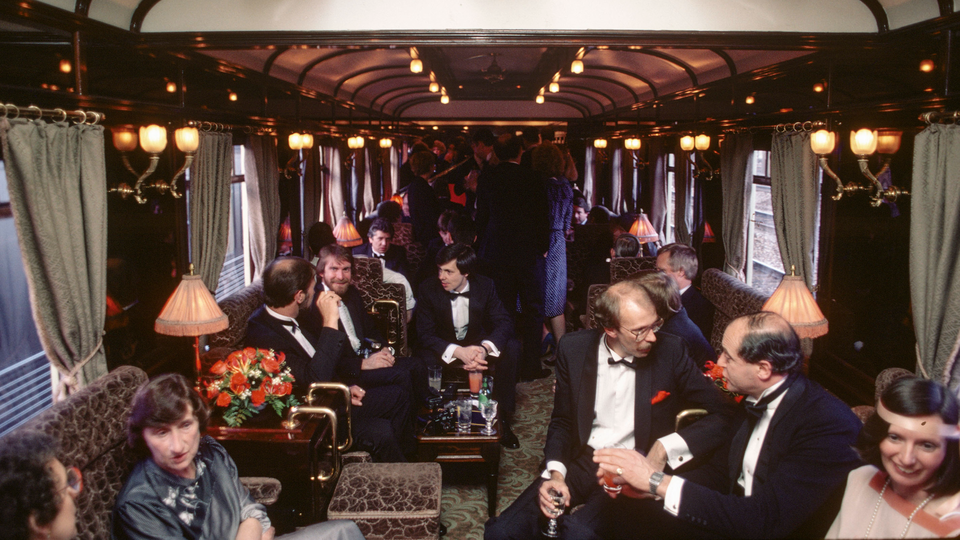
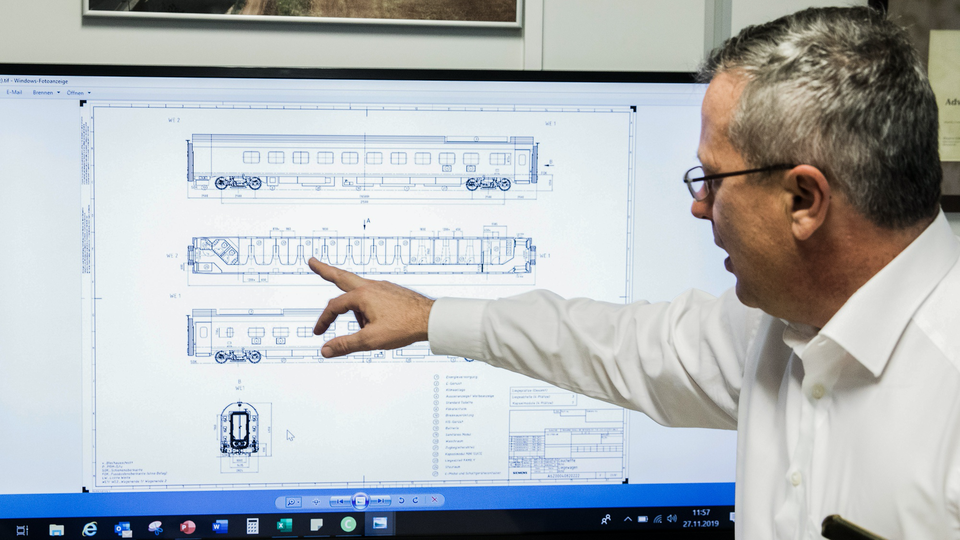
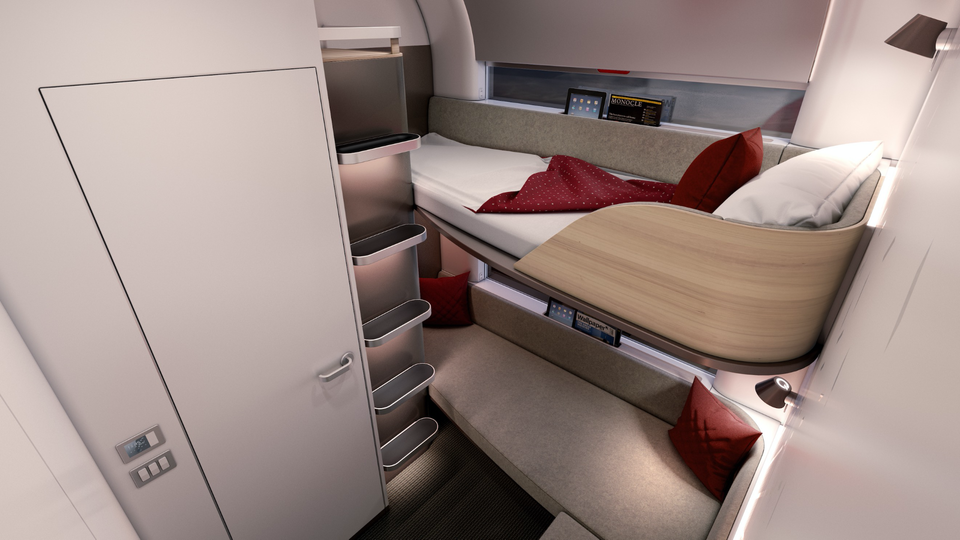
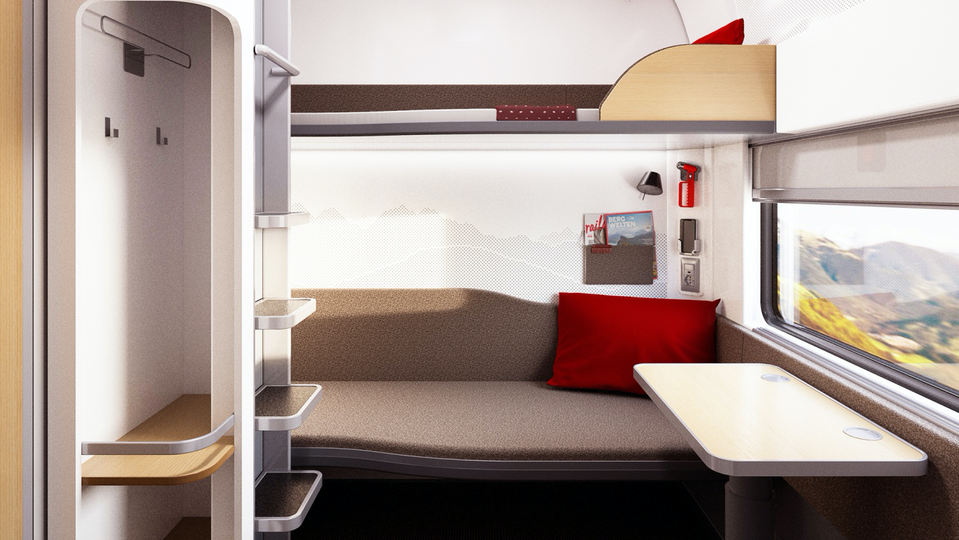
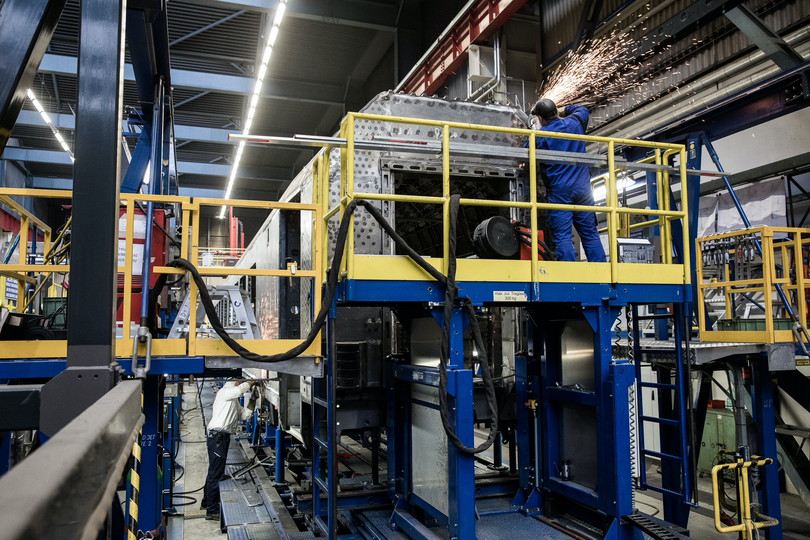
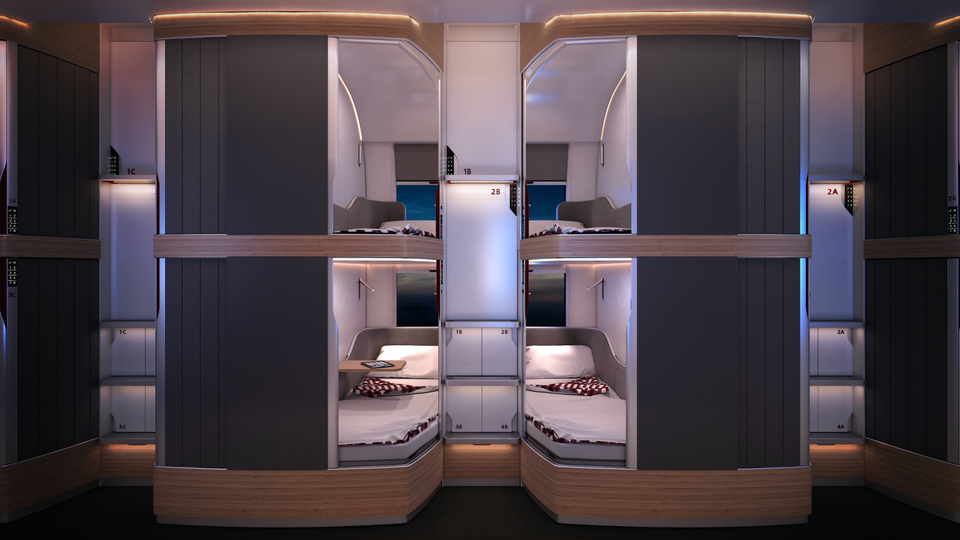
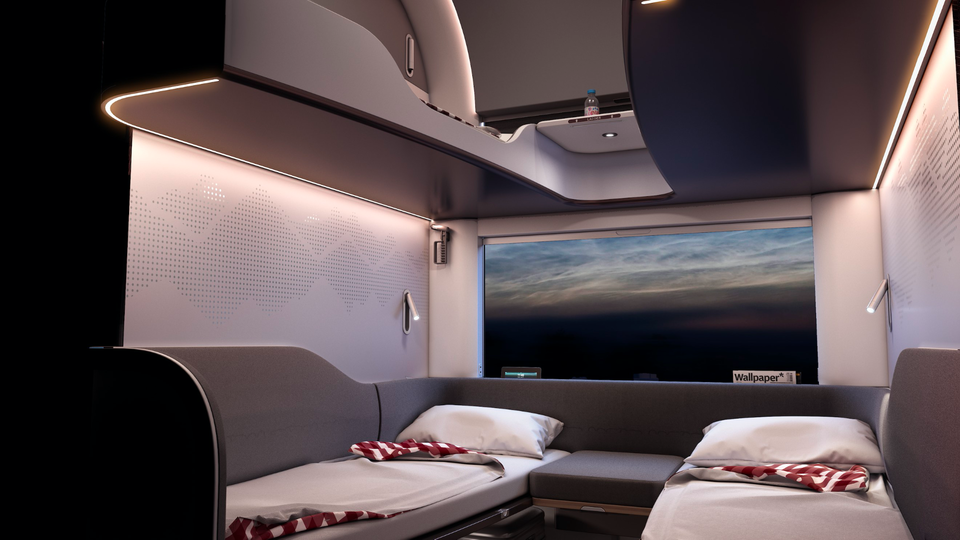

Qantas
19 Apr 2012
Total posts 1425
I went on a sleeper to Nanjing to Biejing (as I recall) in China a few years back, and they had four bunk beds to a cabin. All very modern on a 200km/hr train and more like airline sleepers, with less privacy (bathroom down the corridor etc) , but very nice for a sleep. A great idea for Europe, and they could squeeze more beds in (at a lower cost) on Australian longer distance trains.
05 Dec 2018
Total posts 146
Night sleeper will be great as you save a night on accomodation and you will be at your destination upon waking.
Qantas - Qantas Frequent Flyer
02 Sep 2018
Total posts 153
The new caledonian sleepers are plauged with problems.
On another note, I understand that a sleeper train can be good for efficiency when you can depart after dinner from your home and arrive refreshed for a day of meetings at the destinations. Price will be the deciding factor I think. It would have to be cheaper than a same day return flight. Another good idea could be to bundle an overnight sleeper journey with a high speed one on the way back when you've finished work. Overall, I'm just baffled that train companies in Western Europe don't cooperate more closely together like airline alliances to provide more seamless connections, packages and loyalty benefits.
Qantas - Qantas Frequent Flyer
31 Jan 2016
Total posts 90
Ah, the glamour of the North West Mail, to and from boarding school...!!!
Recently looked at sleeper in Europe for 2 pax. Simply cheaper, faster etc to fly. Sorry Greta...!!!
01 Oct 2019
Total posts 1
Ditto the Western Mail to my boarding school. Rose tinted memories of milky coffee at Lithgow late at night, big springy seats and dog boxes. Anyway...
Recently looked at hoping on the sleeper to up to Brisbane in a week or so. Besides the indecently early arrival, it was going to cost $270. I'm flying up, spending the night in a Meriton apartment, dropping $50 on airport rail transfers, and I'm still about $20 ahead.
Virgin Australia - Velocity Rewards
17 Mar 2016
Total posts 43
Recently travelled from Prague to Zurich in a Deluxe Sleeper. Had a private shower and toilet and comfortable bed. The service by the train staff was impeccable and could not be faulted in any way shape or form, especially over breakfast. The nature of the ride was interesting as my carriage was swapped between 3 separate actual trains as various sleeper carriages were added and taken off to go to other destinations. Best of all was the price, at around AU$100. Much better than flying.
06 Jun 2016
Total posts 3
06 Jun 2016
Total posts 3
Couple the above with a (stupidly-priced as ever) Eurostar, a 150 Euro TGV by Oui.sncf (in First Class) from Paris to Munich and you have crossed virtually all of Europe in about 21 hours in genuine comfort and with the opportunity to work properly with on-board Wi-Fi (or savour the landscapes of five countries) en route. It would take at least 17 hours to drive that trip. And five plus to fly.
If we stop rushing about constantly we will all make better use of our lives, and our planet...
Qantas - Qantas Frequent Flyer
29 Mar 2015
Total posts 94
As a wiley youth back in the 70s I took an overnight train Milan to Amsterdam and then back the following night. Two reasons: cheap o'night accommodation, and just near Amserdam station was a cheap laundromat! Also took sleeper Naples to Palermo with the train going on a ferry.
Why can't an o'night train Syd-melb work? No stops, dep 8pm arr 6am put on a decent meal... no brainer, you'd think.
(And yes, I do recall the old Southern Aurora)
06 Jun 2016
Total posts 3
As an unwieldy high school exchange student I took an overnight train (8 bunk "couchette" booking, I think) from Amsterdam to Stuttgart (or was it Munich?) after a dodgy rail/ferry crossing from London. I spent the night in the corridor because there were fewer smokers out there and a much better class of conversations. Yup, that was also the Seventies. I expect I would have preferred to spend the term in Amsterdam. . . I wonder how much a flight from LHR to MUN would have cost in 1972?
Qantas - Qantas Frequent Flyer
18 Jul 2015
Total posts 27
In the 70s flying was only for rich people! The bar cars on the Inghams tours were a favourite. 100% smoking, active or passive, your choice.
CX
05 Jun 2012
Total posts 127
I remember going on school trips from the UK into France and going in basic sleeper carriages. Each compartment had two opposing bench seats. The seat bases were the lower bunks, the lower backrest swivelled up to become the middle bunks, and another layer above became the top bunks. Daytime - two benches with three people on each. Nighttime - six individual bunks. Not the world's most comfortable, as the design meant that in day mode there was bugger all lumbar support (think about it - once swivelled upwards that would have meant rolling off the bunk was a real possibility) but perfectly OK for a youngster.
Not sure I would want to do it now that I am a bit older and appreciate a decent mattress!
CX
05 Jun 2012
Total posts 127
Oh, and I took overnight trains in Thailand and Burma (Myanmar) too. The former was pretty grim. The latter was fine as far as the seats were concerned as I had saved up to go first class, but the racket from other passengers completely precluded any sleep!
Hi Guest, join in the discussion on Europe’s sleeper trains are back, with a modern design twist